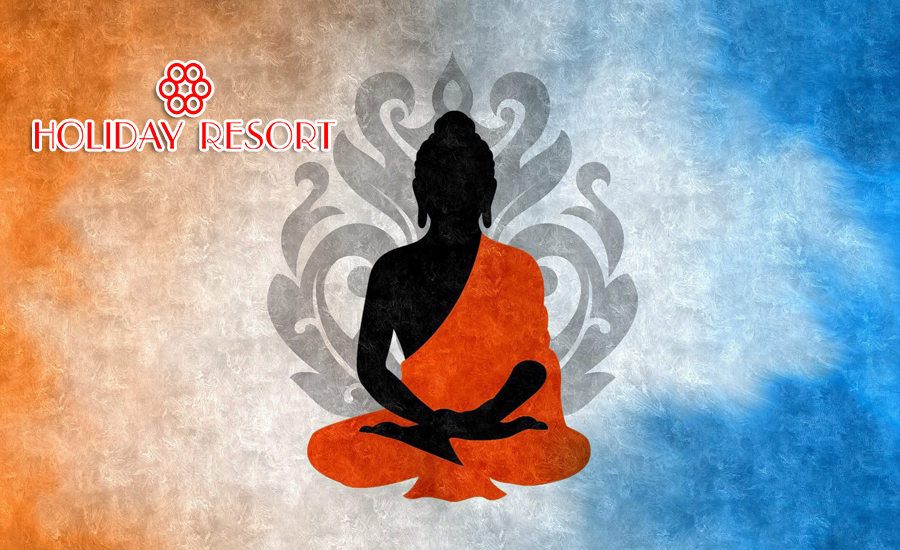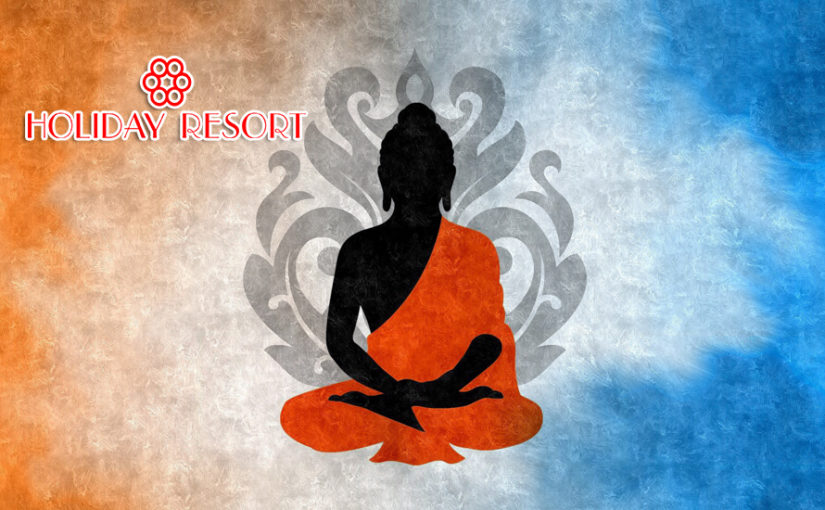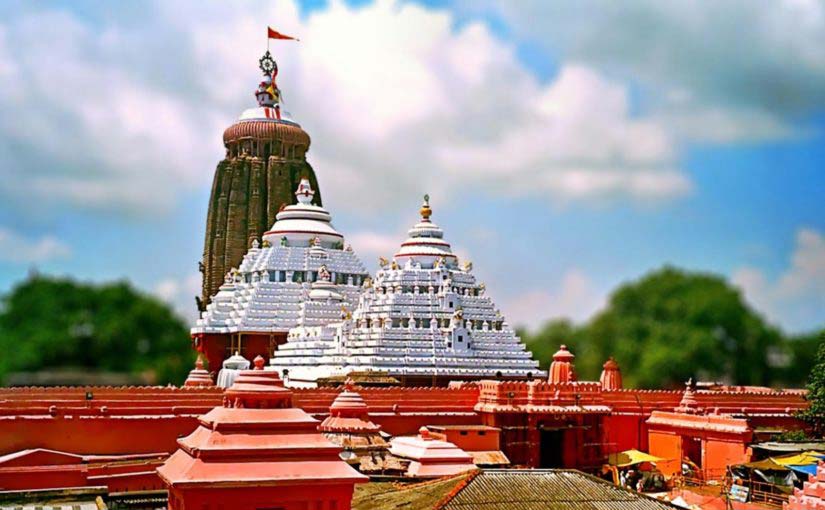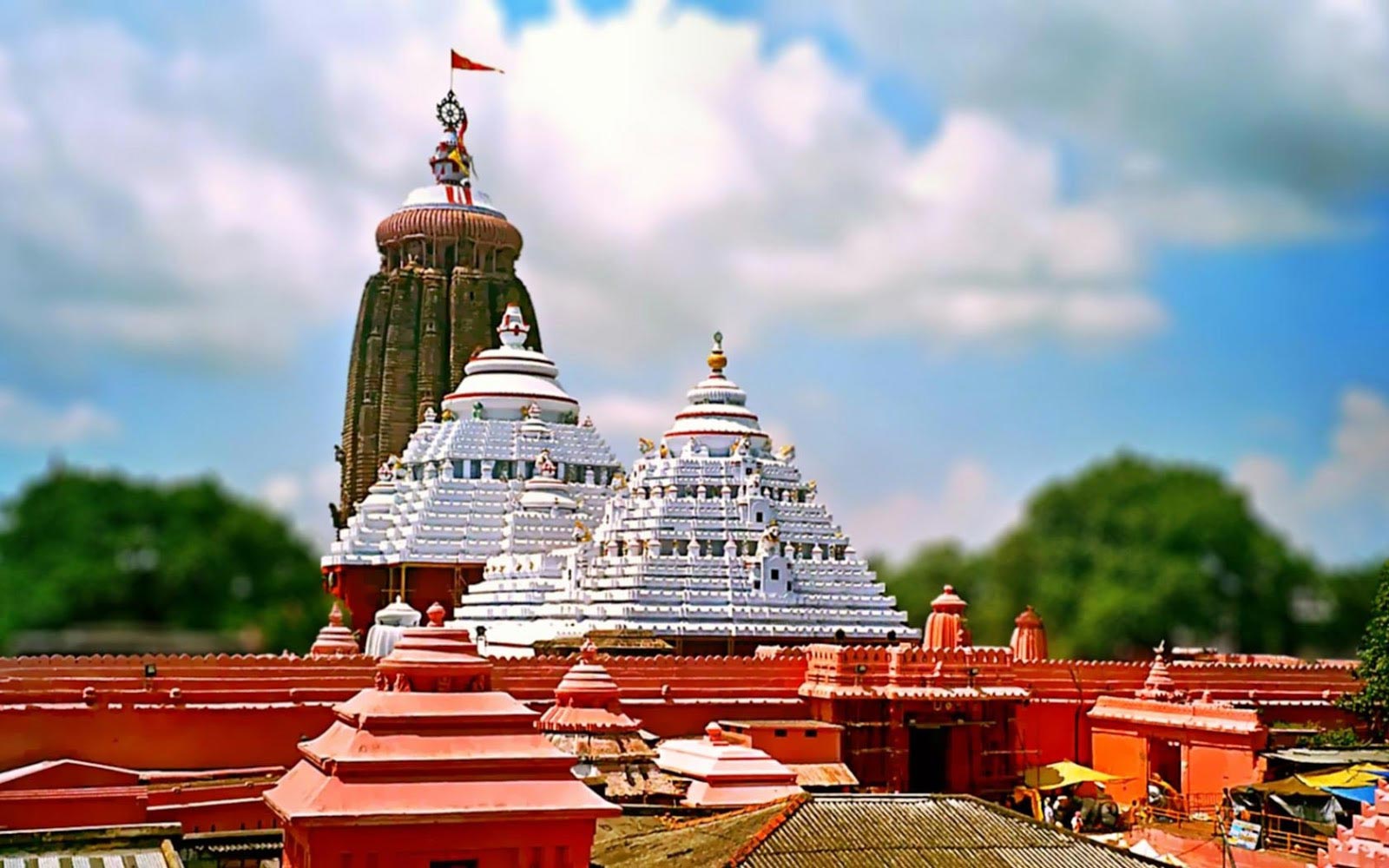
Puri is a land of remarkable culture and tradition. Along with the main temple Jagannath, there are number of other places in the city and also spread in its adjacent boundaries. Pipili,Konark, Chilika are some famous place, but today we are going to explore a hidden gem- Kuruma.
Kuruma, a small village in Puri, is located at a distance of 8 kilometers to the south-east of the sun temple of Konark. Kuruma is alternatively spelled as Kurum. The place is famous for the ancient Buddhist site. This site was built between 9th – 10th centuries A.D. It is situated on the left side of the Konarka–Kakatapur road and can be approached by a road branching from the Bali Dokan chowk and is about 2 kilometers from the chowk. The exact geographical location of this village is LONGITUDE 860 07’ 24” E and LATITUDE 190 53’ 62” N. Scholars are of opinion that this was one of the sites containing Buddhist stupas described by HiuenT’sang.
The site was first reported by Brajabandhu Das, a local school teacher and subsequently excavated by Odisha state Archaeology from 1971 to 1975. Prior to this excavacation, a stone slab containing the beautiful image of Lord Buddha was found on the bank of a tank at one end of the village. Here Buddha is seated cross legged with right hand in Bhumisparsa mudra while the left hand placed over his left knee. The image also wears a beautiful crown and a beautifully carved necklace. Besides this Buddha image, other two images were also found near the tank. One of these figures is identified as ‘Heruka’. Local people call this image as ‘Dharma’ (the Sun God) and another image is identified as ‘Yama’ (the God of Death). This Buddhist monastery is having twelve blocks, three in each cardinal direction and an open large courtyard at the center.
The monastery is abandoned now but the images retrieved from the site now worshiped within a small shed. Tourists may visit the room of teacher Sri Brajabandhu Das near to the UGME school, where some of the excavated specimens like script on stone, ancient coins etc. are kept under his supervision. From archaeological point of view Kuruma is not vary famous, but from tourism point of view it is an important place due to its close proximity to sun temple of Konark.
Stay connected at www.puriholidayresorts.com to know more about interesting places in and around Puri.



